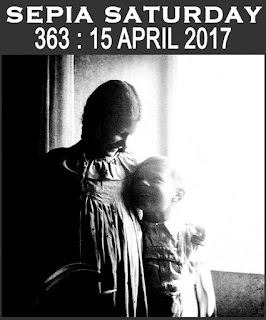#AtoZChallenge - R is for References, Reviews and Rights

How many of us still have encyclopedias at home? How many times have you used them lately? There are all sorts of references available online now through your local library. You don't need that encyclopedia taking up all that shelf space. If you go online you will find all sorts of things there. Membership of Moreton Bay Region Library Service gives you access to Brittanica Library and lots of databases through SLQ. Do you want to see if that awful vase Aunt Dot left you is worth anything? Check out Carter's Price Guide for Antiques. See what's on offer here or check out your own local library. Don't know whether to buy a book or not? Plenty of family history magazines have book reviews as do family history blogs or social media sites for readers such as Goodreads. Have you read a good book lately? Share it with us so we can all benefit. Rights Not sure where you stand with regards to using those old photos...or letters....? It might be worth in













